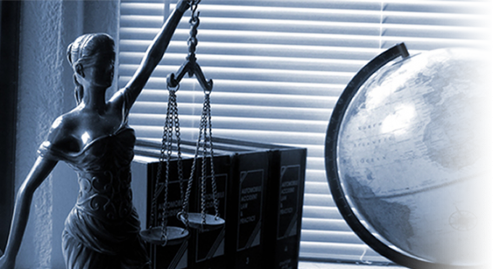“In this report, [the authors] identify some policy options available for the European Commission and for European Union member states should they wish to create a more enabling environment for independent professional journalism going forward. Many of these options are relevant far beyond Europe and demonstrate what democratic digital media policy could look like. [They] argue that, to thrive, independent professional journalism needs freedom, funding, and a future. To enable this, media policy needs (a) to protect journalists and media from threats to their independence and to freedom of expression, (b) to provide a level playing field and support for a sustainable business of news, and (c) to be oriented towards the digital, mobile, and platform-dominated future that people are demonstrably embracing – not towards defending the broadcast and print-dominated past. The report identifies a number of real policy choices that elected officials can pursue, at both the European level and at the member state level, all of which have the potential to make a meaningful difference and help create a more enabling environment for independent professional journalism across the continent while minimising the room for political interference with the media. [It is hoped that] it can serve as a useful starting point for a discussion of the role of media policy in European democracy (and beyond) going forward and thus help ensure we develop twenty-first- century media policies for a twenty-first-century media environment.”

